As today’s food supply chain is made up of imports from around the world, food fraud – or the economically-motivated intentional adulteration of food products – is an important factor in ensuring food security. A number of agencies – including the US Food and Drug Administration (FDA) – are responsible for maintaining the supply of safe food products manufactured in other countries. The onus, however, is increasingly being placed upon the source of origin of ingredients and manufactured food products to have preventative measures in place to stop food fraud before it occurs.
Test your knowledge of food fraud by taking our quiz!
What Is Food Fraud?
While adulteration of a food product can be accidental or unintentional, food fraud is the act of knowingly misrepresenting the contents of a food product, and may or may not pose a risk to consumer health. According to the Food Protection and Defense Institute (formerly the National Center for Food Protection and Defense), manufacturers or producers use a number of different methods in order to commit food fraud:
- Dilution – this constitutes a partial replacement of the food product with another (often less-expensive) adulterant. An example could be diluting extra virgin olive oil with other vegetable oils.
- Substitution – this differs from dilution in that the food product is completely replaced with an alternative, but is labelled or sold as another product. For example, labelling farmed salmon as wild salmon constitutes food fraud.
- Artificial Enhancement – this is the addition of an unapproved additive to enhance the qualities of a product. An example of this type of food fraud could be the addition of a dye to spices to enhance their colour.
- Mislabeling – this represents errors in labeling meant to mislead the consumer regarding the contents of the food product. One of the most recent examples of this is the adulteration of grated Parmesan cheese with cellulose and less-expensive cheeses and milk products.
- Origin Masking and Transshipment – this is simply dishonesty in regards to the country of origin for a food product. Food companies may be motivated to fraudulently claim a product was harvested or manufactured in a more desirable geographic location. For example, a honey producer may claim their product was harvested from local bees in order to avoid having to pay steep import duties, despite its true country of origin being a distant country.
- Counterfeit – this is another type of intentional mislabeling in which a company uses a brand name in an effort to trick the consumer into purchasing their product. An example could be the labelling of a generic ketchup brand as Heinz.
- Theft and Resale – if a company acquires stolen goods and subsequently reintroduces them into the marketplace, this is also considered to be a form of food fraud.
- Intentional Distribution of a Contaminated Product – this occurs when a food product is unintentionally adulterated, but is still sold despite the manufacturer’s knowledge of the defect.
What Is The Current State Of Food Safety In The US?
One year ago, Dr. Karen Everstine, then a research associate at the Food Protection and Defense Unit, was the keynote speaker for an Xtalks webinar on how the globalization of our food supply chain leaves us vulnerable to food fraud. Everstine is now a scientific liaison on food standards for the United States Pharmacopeia (USP), and I recently spoke to her to get an idea of what’s changed since 2015 in terms of food fraud activity in the US.
“The bottom line is, I don’t think things have changed too much in the past year with respect to what we know is happening,” said Everstine. “From a broad perspective, what we’re capturing is similar trends as we’ve seen since 2012, when the US Pharmacopeia database launched.
“Certainly dilution and substitution are the top 2 types of fraud. If you look at our publically-available database at foodfraud.org, it’s oils, milk products and spices which are the top records in our database right now.”
The much talked about Parmesan cheese scandal – a story reported on by Bloomberg News – has reintroduced the pervasive issue of food fraud into the public consciousness. In 2012, the FDA found that food manufacturer, Castle Cheese Inc., was adding cheaper cheeses and other additives to their Parmesan cheese and failing to note the adulterants on the label.
One of the additives was cellulose, a cheap compound harvested from wood pulp that is used as an anti-clumping agent. According to Dean Sommer, a cheese technologist at the Center for Dairy Research in Madison, Wisconsin, cellulose is a safe and approved additive in grated Parmesan cheese, but only levels between 2 and 4 percent are generally considered to be acceptable.
The findings at Castle prompted Bloomberg News to conduct their own tests of cellulose levels in popular brands of grated Parmesan cheese. “Essential Everyday 100% Grated Parmesan Cheese, from Jewel-Osco, was 8.8 percent cellulose, while Wal-Mart Stores Inc.’s Great Value 100% Grated Parmesan Cheese registered 7.8 percent, according to test results,” said the article. “Whole Foods 365 brand didn’t list cellulose as an ingredient on the label, but still tested at 0.3 percent. Kraft had 3.8 percent.”
As cellulose is a common ingredient in processed food, it’s unlikely to present a health risk to consumers. In light of this, does the adulteration of Parmesan cheese with cellulose and other less-expensive cheeses really constitute a serious case of food fraud?
“To the extent that cheese producers are misrepresenting their products, not labeling them appropriately or using functional agents such as cellulose in a way that exceeds a limit set by an FDA standard, then yes, that’s food fraud,” said Everstine. She qualifies the statement by saying that the USP has not seen the data collected by Bloomberg’s independent lab tests of the Parmesan cheese.
“Certainly from the FDA’s perspective and from USP’s perspective, the extent to which consumers become sick from food is obviously a very high priority thing that you want to prevent,” said Everstine. “In this case we’ll have to see how that plays out. Are they going to call it adulteration? Are they going to call it misbranding? Is it going to go to court and the court will ultimately decide? I don’t know what will happen in that case.”
The Role Of FSMA In The Prevention Of Food Fraud
The FDA’s Food Safety Modernization Act (FSMA), is the agency’s attempt to be more proactive – as opposed to reactive – when it comes to food fraud. While FSMA’s Intentional Adulteration rule – which has yet to be finalized – is expected to focus on prevention of biological and chemical terrorism in the food chain, the Preventive Controls rule was put into effect to prevent health hazards resulting from food fraud, as well as unintentional foodborne contamination.
“They are aligning food fraud more with the food safety side of FSMA,” said Everstine. “The food industry and food companies are really going to have to wrap-up food fraud prevention into their overall food safety plan.”
The Preventive Controls rule requires all facilities to write a food safety plan. This includes an analysis of all potential hazards to food safety, the preventative controls put in place to ensure food products remain safe and unadulterated, and what practices will be used to manage the effectiveness of the preventive controls. The rule also mandates that food manufacturers should implement a risk-based supply chain program for ingredients that have previously been identified as being a food fraud hazard. Compliance dates for some manufacturers in the food industry will be coming up as early as September of this year.
“An important thing to note in terms of [the Preventive Controls rule] is the fact that the FDA is putting a priority on food fraud that could result in illness or death of consumers,” said Everstine. “The regulations really stress that that is the focus.”
According to Everstine, there are several questions that food manufacturers should ask themselves when assessing their risk of using ingredients that have fallen victim to food fraud:
- What is your relationship like with your supplier?
- Do they have a history of quality and safety issues?
- Do you have good quality assurance measures and specifications in place?
- Are you doing the right laboratory tests to test those products?
- How often are you doing those tests?
- What is the geopolitical situation in the areas where you are sourcing your ingredients?
- Do you have a good strong audit strategy in place?
- What do you know about the history of fraud in your ingredients?
In order to help food companies comply with the new rules under FSMA, Everstine says they are currently in the process of updating the USP database so that it is a valuable resource for information on adulterants used to commit food fraud and whether they pose a health hazard to consumers. She says that the media response to cases of food fraud – such as the Parmesan cheese scandal – are not only damaging to the company responsible, but for the food industry as a whole. “Looking at it from an industry perspective, you want to protect your brand image to protect your bottom line.”
What do you think of the FDA’s FSMA Preventive Controls rule? How are you preparing your food safety plan? Share your thoughts in the comments sections below!

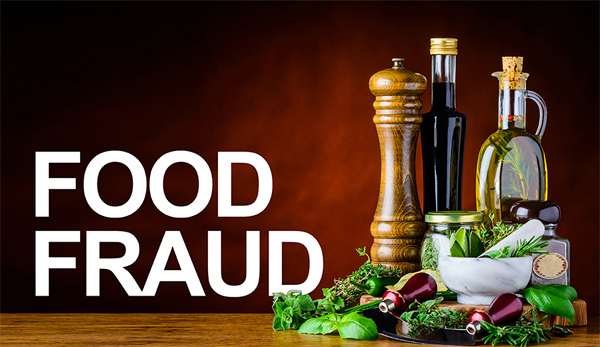
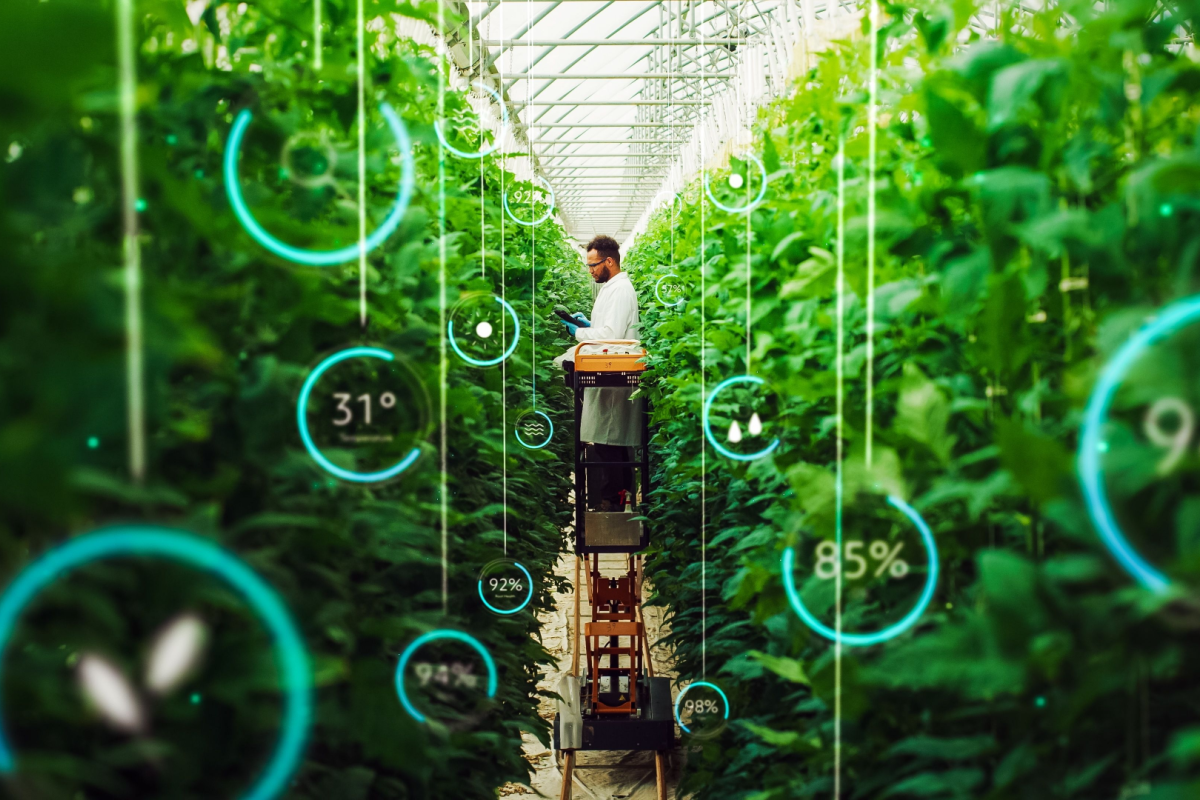
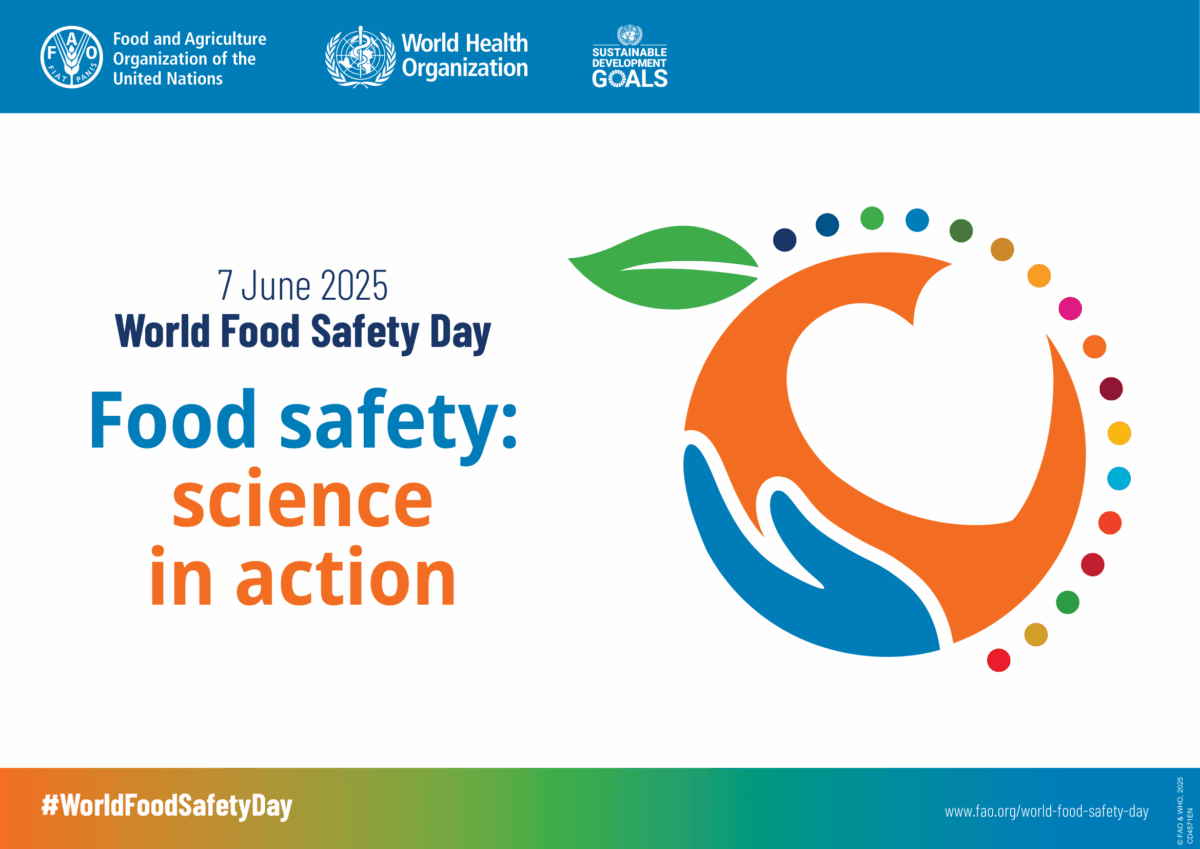
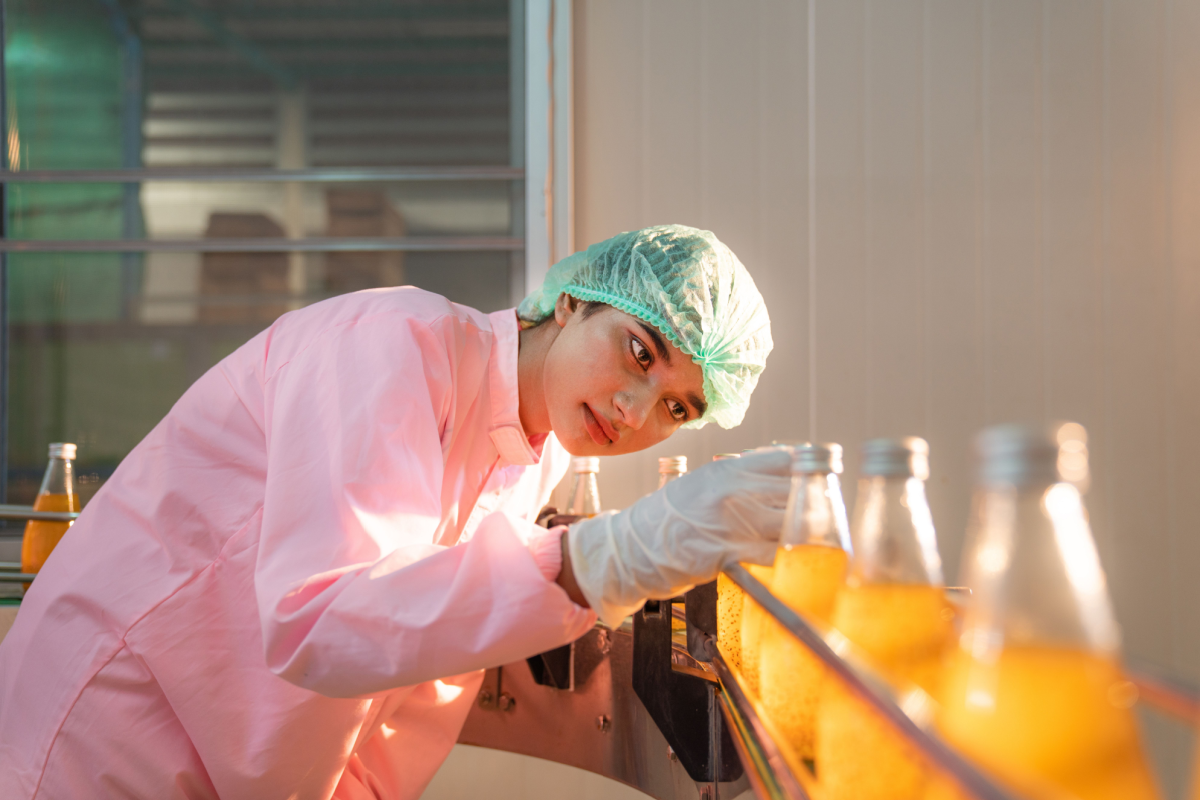

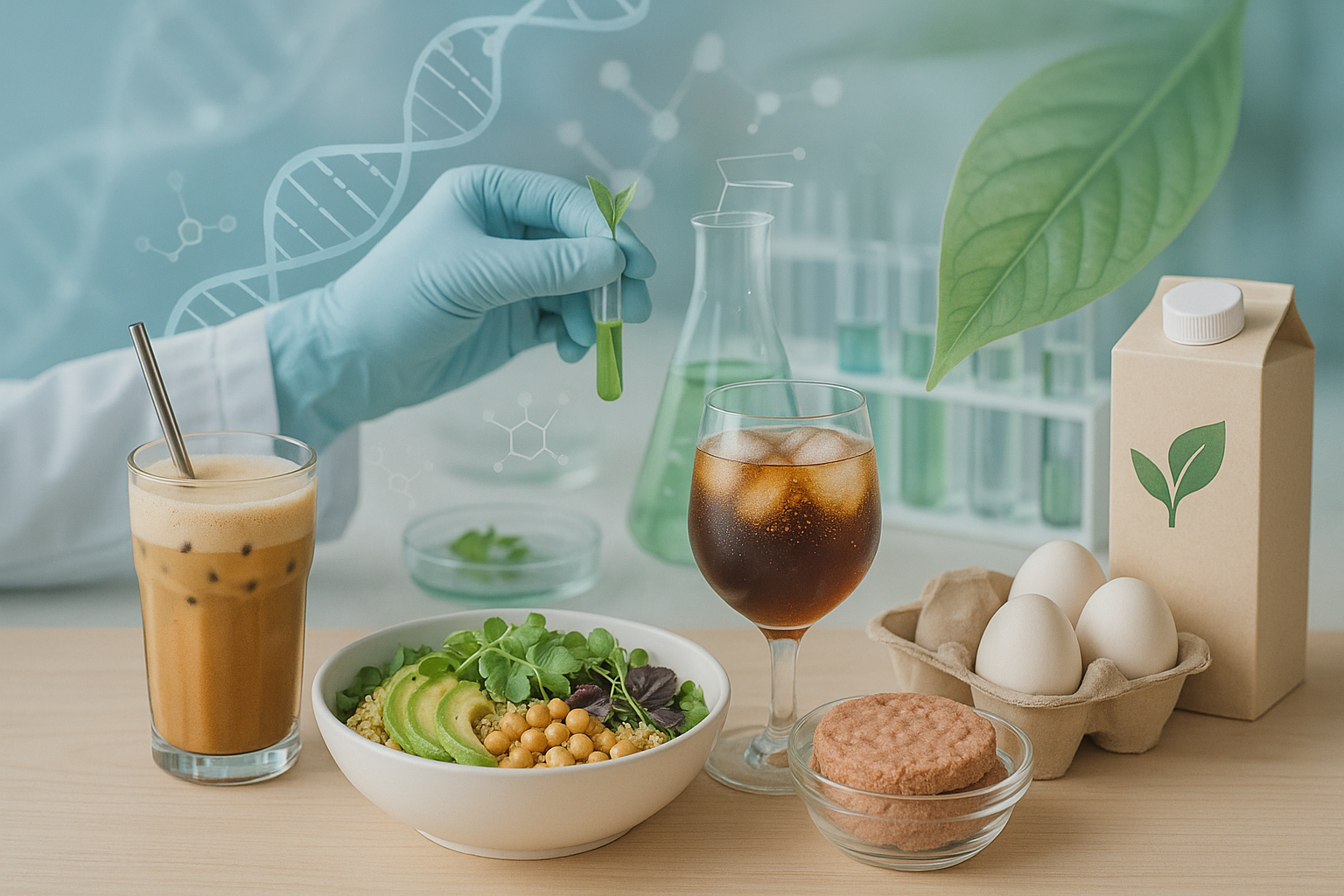




Join or login to leave a comment
JOIN LOGIN